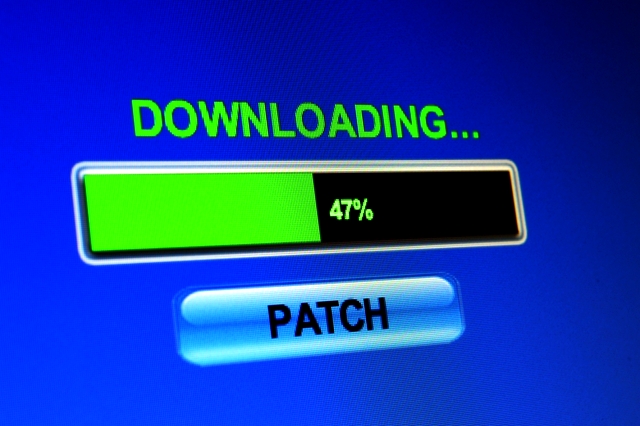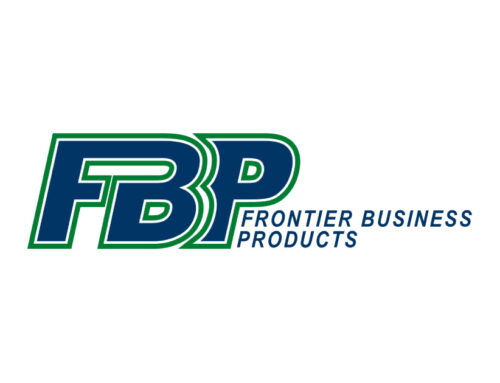We talk a lot about threats to data security on this blog, and personal experience has probably acquainted you with everything from Trojan Horses to phishing.
Here’s a particularly sneaky threat that’s becoming more and more common: fake patches.
Part of what makes them a problem is that, unlike those spam e-mails from people and companies you don’t know, fake software patches can look like perfectly reasonable notices from software services or programs you’d expect to receive patches from, like Adobe or Google Chrome. The fake patches display the company logo, so they seem real enough. Just last year, in fact, hackers sent out a fake version of Java Update 11 that contained malware.
How well-equipped you are depends, not surprisingly, on the security measures you have in place. Keeping the auto-update feature on is good practice, provided your software is designed to identify incoming software patches and make sure they’re genuine. Even then, it’s possible for malware to use a fraudulent certificate to get around an auto-update program.
There are a number of things you can do to minimize risk. Cutting down on Shadow IT and foreign software on corporate machines makes it harder for hackers to send fake patches. A robust antimalware service is another step.
But at the end of the day, just being smart and cautious goes a long way. Fake patches often look suspicious in the same way spam e-mails look suspicious. They might have misspellings or they just don’t look like a software patch you’re accustomed to seeing. They might even ask you to pay for the software they’re asking you to download.
Little things like avoiding pop-ups and scanning and cleaning your computer help, too. And, as always, talk with the IT department and back up your files. Communication and stored, safe files will ensure a small problem doesn’t become a big one.



